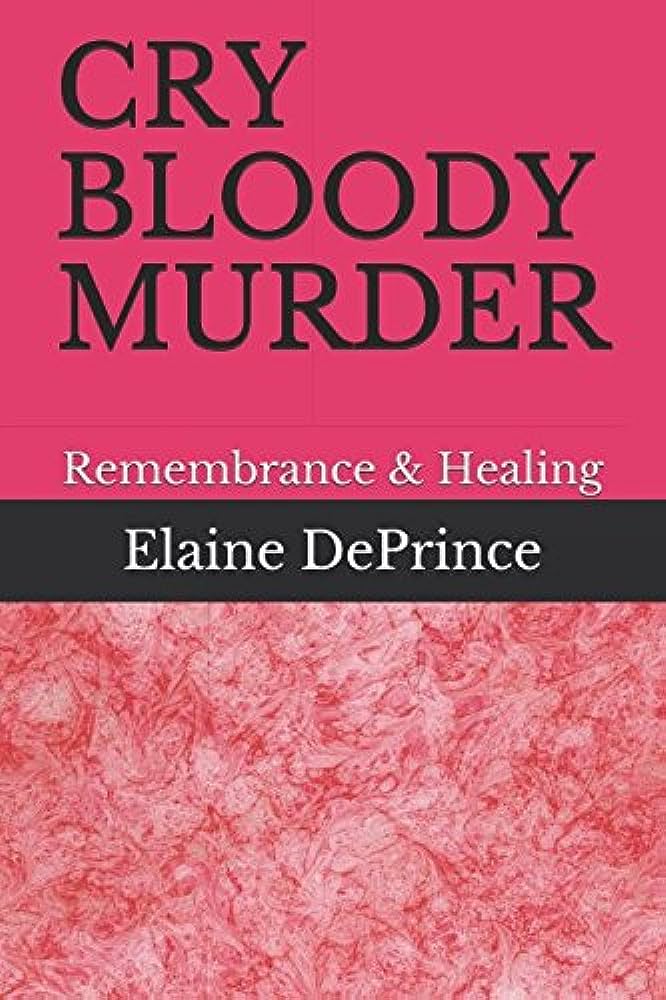
The Scandal of Stolen Words and Stories

As some of you know, my PhD is exploring the intergenerational impact of the Contaminated Blood Scandal. For those who do not know, here are the brief highlights or possibly lowlights, given the awful consequences of this scandal. I call it a scandal because a tragedy implies nobody was at fault and that is not the case. Many were at fault.
However, I write today not to rehash information that is put better by the Inquiry but to talk about plagurism of the most devastating story. This powerful book was written by the mother of boys with Haemophilia, about the deaths of her children. I sobbed as I read it, because the details are so stark and so raw that it is surely impossible to read without being affected.
However, apparently two others read this amazing book and decided that they would take her story, slightly change the words, and publish it under a fake name, for profit. I cannot imagine the depths of immorality and inhumanity you would have to sink to for you to do this. Allow me to illustrate this:
Elaine DePrince opened with this statement: In the 1920s a monster emerged from the Heart of Darkness – what is now the Democratic Republic of the Congo. It was the result of chimps being eaten by people who lived in the area. Sixty years later the monster, created by this obscure but significant event on a far off continent, stole our children. The monster arrived in sheep’s clothing, when in 1966, the Food and Drug Administration granted the first license to market a clotting factor to treat hemophilia, a hereditary bleeding disorder.
A book supposedly by someone called Cory Sprock, called 1997 Tainted Blood Disaster Rememberance & Healing opens with this statement: During the 1920s a beast emerged from the Heart of Darkness – what is now the Democratic Republic of the Congo. It was the aftereffect of chimps being eaten by people who lived in the area. After sixty years the beast, created by this dark however huge occasion on a far away mainlane, took our children. The beast showed up as a poser, when in 1966, the Food and Drug Administration conceded the primary permit to advertise a clotting component to treat hemophilia, a genetic draining issue.
It doesn’t even make sense at times. Somebody sat with a thesaurous and picked out words to change – what is a genetic draining issue?
Then I found this one by Jeannetta Woloszozak, titled Contaminated Haemophilia Blood Products: the Manufacturers of the 1997 Scandal. I hoped it would give factual information on the pharmaceutical companies but instead, it opens like this: In the 1920s a monster emerged from the Heart of Darkness – what is now the Democratic Republic of the Congo. It was the result of chimps being eaten by people who lived in the area. Sixty years later the monster, created by this obscure but significant event on a far off continent, stole our children. The monster arrived as as a wolf in sheeps clothing, when in 1966, the Food and Drug Administration granted the first license to market a clotting factor to treat hemophilia, a hereditary bleeding disorder.
These books, independently published on Amazon, are now no longer there, nor are other versions of the plagurised work. But I wanted to highlight that somebody out there read a heartrending story of loss and grief, written by a warrior of a woman, who shared her story to get justice in the US for haemophiliacs, and thought they would make some money from it.